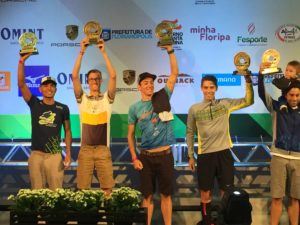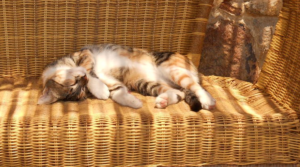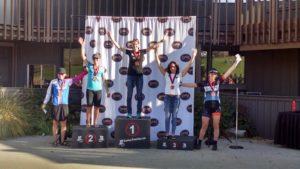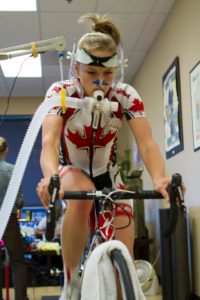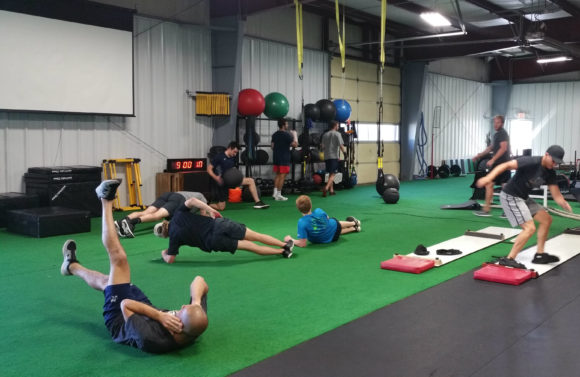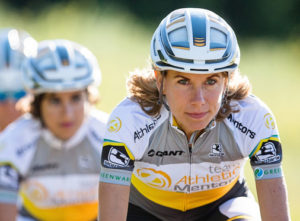 Athletic Mentors — the training and team management company responsible for elevating Michigan endurance athletes to recognition as “podium performers” — is ramping up for another strong showing for the 2018 race season.
Athletic Mentors — the training and team management company responsible for elevating Michigan endurance athletes to recognition as “podium performers” — is ramping up for another strong showing for the 2018 race season.
The storied team of Michigan amateur triathletes, cyclists, runners and Nordic skiers will be suiting up with support from numerous community partners this year.
Training the next generation of multisport athletes is an activity that will continue to receive increased attention in 2018, building on workshops held last year for youth triathlete training and cycling clinics.
“Our mission is to introduce young athletes to the joy of endurance competition as a lifelong motivation for healthy living,” said Cheryl Sherwood, General Manager and co-owner of Athletic Mentors.
“It’s one of the many ways our sponsors are making Michigan a better place for active living.”
 Back for a second year in the presenter role is Greenware, a Kalamazoo packaging company that caters to restaurant, event and entertainment service with an exclusive line of annually renewable drink cups, lids, portion containers and on-the-go boxes made entirely from plants. Parent company FabriKal is privately held and home to more than 800 employees. For Greenware, the AM team is an opportunity to encourage the community to enjoy the outdoors and keep it green.
Back for a second year in the presenter role is Greenware, a Kalamazoo packaging company that caters to restaurant, event and entertainment service with an exclusive line of annually renewable drink cups, lids, portion containers and on-the-go boxes made entirely from plants. Parent company FabriKal is privately held and home to more than 800 employees. For Greenware, the AM team is an opportunity to encourage the community to enjoy the outdoors and keep it green.
 After a season break, OAM NOW is back in the fold as a major sponsor. OAM NOW offers urgent orthopaedic care from the best orthopaedic surgeons available. With 30 experienced physicians and PAs specializing in motion; spine; joints; hands and feet, OAM is uniquely qualified to give immediate diagnosis and customized care to athletes. With all diagnostic technologies onsite, OAM NOW offers fast, unified care whether you’re on the couch or on the trail.
After a season break, OAM NOW is back in the fold as a major sponsor. OAM NOW offers urgent orthopaedic care from the best orthopaedic surgeons available. With 30 experienced physicians and PAs specializing in motion; spine; joints; hands and feet, OAM is uniquely qualified to give immediate diagnosis and customized care to athletes. With all diagnostic technologies onsite, OAM NOW offers fast, unified care whether you’re on the couch or on the trail.
Rounding out the premium level of support are three community-minded West Michigan companies.
 Gauthier Family Home Care provides elder and home care with an emphasis on independence and an improved quality of life. This family-owned business understands the struggles of in-home care and works with clients to create tailored care solutions. Their compassionate, professional caregivers go the extra mile to provide dependable comfort.
Gauthier Family Home Care provides elder and home care with an emphasis on independence and an improved quality of life. This family-owned business understands the struggles of in-home care and works with clients to create tailored care solutions. Their compassionate, professional caregivers go the extra mile to provide dependable comfort.
 Total Plastics Inc. distributes thousands of diverse plastics across the US. They provide top-quality products with superior service and swift shipping. Dedicated staff, value-added services, and quick turn-around set them apart.
Total Plastics Inc. distributes thousands of diverse plastics across the US. They provide top-quality products with superior service and swift shipping. Dedicated staff, value-added services, and quick turn-around set them apart.
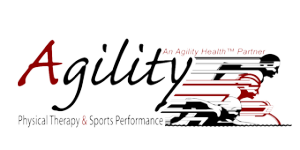 Agility Sports Medicine serves the Kalamazoo area with comprehensive orthopedic physical therapy. They employ one of the most heavily-certified staffs in the region, featuring two Board-Certified Clinical Specialists in Orthopedics and the only Board Certified Clinical Specialist in Sports Physical Therapy in Southwest Michigan.
Agility Sports Medicine serves the Kalamazoo area with comprehensive orthopedic physical therapy. They employ one of the most heavily-certified staffs in the region, featuring two Board-Certified Clinical Specialists in Orthopedics and the only Board Certified Clinical Specialist in Sports Physical Therapy in Southwest Michigan.
Additional team support comes from the following: Infinit Nutrition, Smith Optics, Giordana, First Endurance, KLM Fitness, Custer Cyclery, Speed Merchants Bike Shop, Giant and the Cross Country Ski Shop. Learn more about our sponsors.
Athletic Mentors continues to serve as the title sponsor for the team as well as the management company that operates it.
“We’re committed to keeping endurance athletes of every age moving. And nothing motivates a commitment to training more than a race,” Sherwood said.
The team regularly operates free introductory clinics to help amateur or would-be endurance athletes prepare for local races such as the GR TRI, the Cycling Lawyer Criterium, or the Michigan Titanium, mother of multisports.
Athletic Mentors, founded in 2002, continues to expand at a record pace. In 2016, it purchased a new home for its Richland training facility and fitness drop-in center. Last year, in partnership with the Wings West facility in Kalamazoo, Athletic Mentors opened a second center to keep young hockey and figure skaters in top form with off-ice training programs.
AM also offers adult fitness programs, classes, metabolic testing and sports camps. Previously, Athletic Mentors has managed the award-winning Bissell cycling team, the Priority Health Team and OAM NOW.





 Our Hockey Site
Our Hockey Site Team AM
Team AM



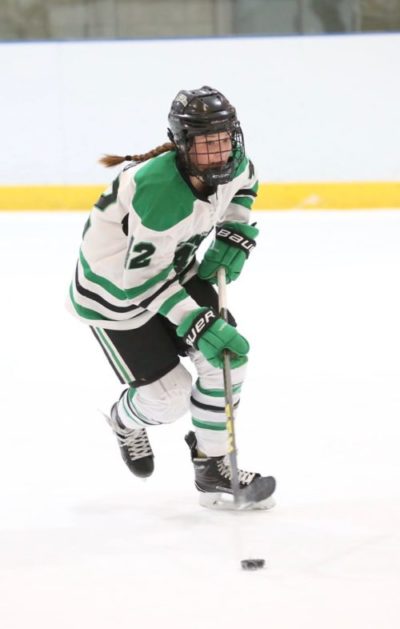 What do the Winter Olympics, the KOHA, and Athletic Mentors have in common? They’re scoring awareness for the sport of Girls & Women’s hockey.
What do the Winter Olympics, the KOHA, and Athletic Mentors have in common? They’re scoring awareness for the sport of Girls & Women’s hockey. Athletic Mentors — the training and team management company responsible for elevating Michigan endurance athletes to recognition as “podium performers” — is ramping up for another strong showing for the 2018 race season.
Athletic Mentors — the training and team management company responsible for elevating Michigan endurance athletes to recognition as “podium performers” — is ramping up for another strong showing for the 2018 race season. Back for a second year in the presenter role is
Back for a second year in the presenter role is  After a season break,
After a season break,  Gauthier Family Home Care
Gauthier Family Home Care Total Plastics Inc.
Total Plastics Inc. Agility Sports Medicine
Agility Sports Medicine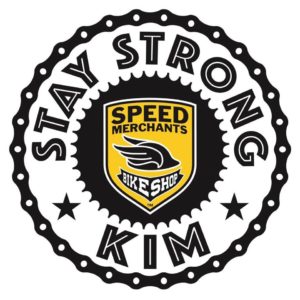 Kim Wood, owner of Speed Merchants cycling shop, was recently diagnosed with late-stage cancer. Our hearts are with him and his family during this incredibly tough time. Please join us in our support.
Kim Wood, owner of Speed Merchants cycling shop, was recently diagnosed with late-stage cancer. Our hearts are with him and his family during this incredibly tough time. Please join us in our support.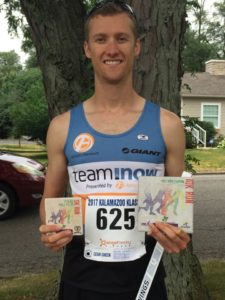
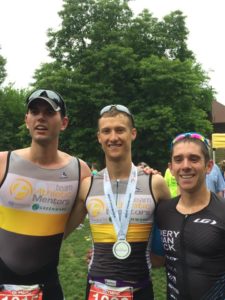
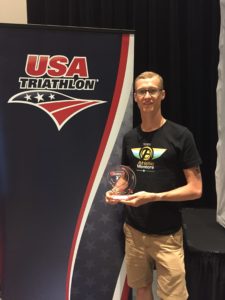
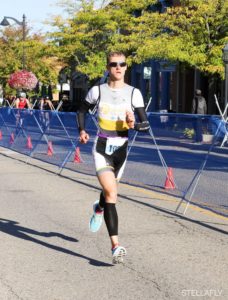
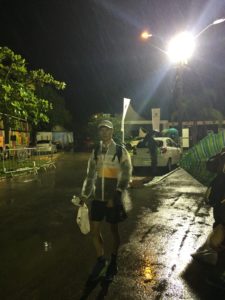
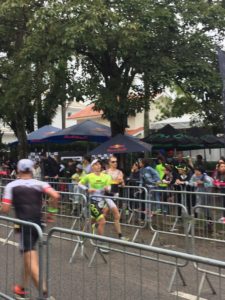
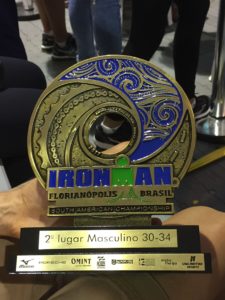
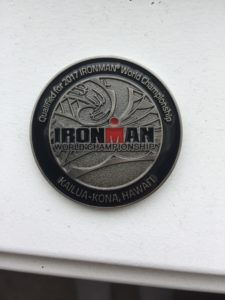
 Overall Ironman Brasil was a huge success! I accomplished my main goal which was to qualify for Kona. Anything more was just icing on the cake. Now I had a place to be on October 14th, 2017 which was at the pier in Kailua-Kona, Hawaii.
Overall Ironman Brasil was a huge success! I accomplished my main goal which was to qualify for Kona. Anything more was just icing on the cake. Now I had a place to be on October 14th, 2017 which was at the pier in Kailua-Kona, Hawaii.